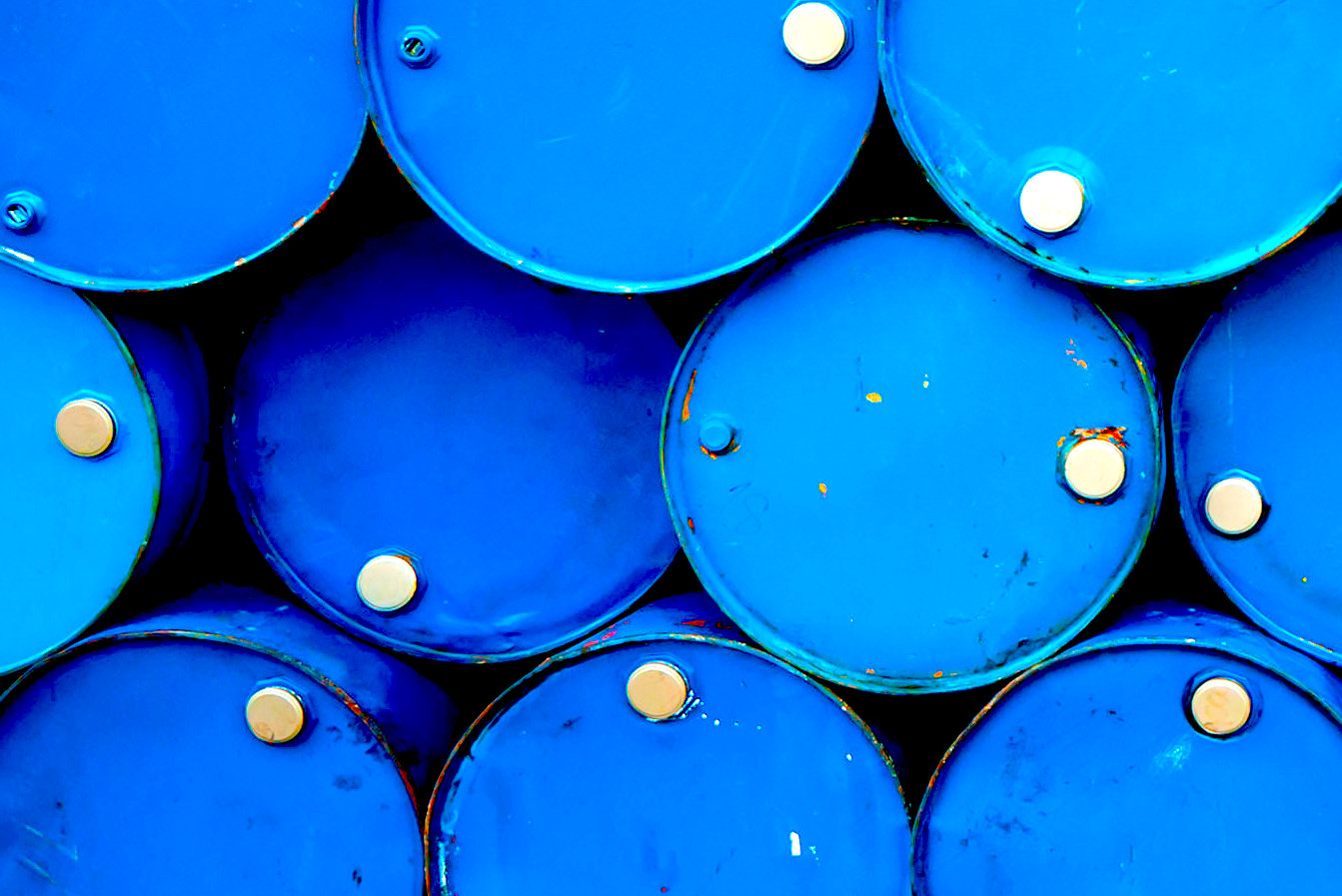by Gershon Distenfeld, Co-Head, Fixed Income, AllianceBernstein
On April 20, the price of oil skidded into negative territory for the first time in history, with the May futures contract on West Texas Intermediate (WTI) crude hitting a low of –US$37.63 per barrel before recovering to positive levels.
The thud resounded across the capital markets, but with varying implications. Within the energy sector itself, the oil crash won’t have the same impact on exploration and production (E&P) companies as on midstream firms, which provide processing and transportation services to upstream producers and downstream users of natural gas liquids. The former experience the direct effect of depressed oil prices, while the latter experience second-order effects. Dramatically fluctuating oil prices also create bond price dislocations that signal opportunity.
Before we assess the implications for, and potential opportunities in, the energy sector, let’s take a look at how we got here.
A Massive Disconnect Between Supply and Demand
In the first quarter, as economies shut down in response to the coronavirus pandemic, global demand for oil dropped precipitously. Under ordinary circumstances, this demand shock alone would have strained oil prices.
But to add fuel to the fire, OPEC+* simultaneously failed to extend output cuts. This allowed Saudi Arabia and Russia to ramp up oil production, with each trying to gain market share through an all-out price war. Under an enormous glut of oil, prices slid from a January high of US$63.27 to the mid-20s in one of the largest and fastest peak-to-trough declines on record.
OPEC+ members recently reached an agreement to curtail output, but the agreed-to production cuts won’t take effect until May. And in the time between the agreement and its execution, the US ran out of room to store all the oil that had been extracted.
Severe storage constraints are likely temporary. Indeed, futures contracts on WTI for June delivery—just one month further out—have remained positive throughout this period. That’s a critically important clue for bond investors: the biggest factor in the health of energy companies is the price of oil over the longer term, not today’s supply glut. Many E&P companies have hedges in place through 2020 for precisely this reason.
Cheap Oil Prices Unlikely to Last
Over the longer term, oil prices are unlikely to remain as low as they are right now. When the coronavirus crisis eventually dissipates, we expect demand to begin to pick up. And on the supply side, oil prices under US$30 are unsustainable, because high costs make it uneconomical for oil-producing countries to keep pumping. Capex dries up, leading to declining production levels, which drive oil prices back up.
Of course, nobody knows how long oil prices could remain depressed. It will take some time for demand to return to prior levels, allowing prices to recover to $30 or above. And given that equity cushions have compressed for many issuers, bondholders must look a lot closer at measures of underlying asset value when gauging downside ratings risk for energy companies.
High-Yield Issuers: Broad Lessons from 2015
Below-investment-grade firms are particularly at risk, as investors learned when oil prices last collapsed in 2015. Back then, fracking growth made energy a big part of US high-yield markets, peaking at about 20%. The oil price collapse late that year hurt bonds issued by highly leveraged energy companies.
Today, with energy at about 12% of the US high-yield market, the heat is on again. Energy companies are capital-intensive, and the most-indebted issuers will struggle to finance their businesses with oil below $30. For the rest of the high-yield sector, lower oil prices have lengthened the credit cycle in the past, but coronavirus restrictions on economic activity add a new twist.
With oil below $30, most high-yield firms won’t break even in terms of free cash flow (FCF) without dramatic cuts in capex and production on the one hand and significant additional capital on the other—as some companies are starting to realize.
High-yield investors should be highly selective in the energy sector. We prefer high-yield issuers with more diversified and higher-quality assets, more experienced management teams and lower production costs than many of their peers.
Differing Implications for Midstream and E&P Firms
Midstream companies have improved their balance sheets since 2015–16. We expect these businesses to survive through a low commodity price environment, since they’re less sensitive to oil prices than are E&P firms.
But the existing financial model is shaky. Midstream firms rely on issuing debt—and to a lesser extent on equity—to fund capex. Volatile markets and a potential dearth of new debt and equity financing threaten to squeeze the sector’s liquidity over time as firms draw down credit lines to fund planned growth capex.
Challenging energy markets also limit the potential for asset sales, further curtailing another potential source of liquidity. Midstream management must cut growth capex and distributions to stem the draw on liquidity, in our view.
Lastly, if low prices and capacity problems persist for an extended period, volumes will decline. Stopping the production or transport of oil altogether affects flow expectations. As with real estate, location is the key here: which companies are affected depends on what basin the pipeline operates out of.
Overall, we see the midstream sector as broadly attractive, with value in issuers with integrated and diversified business models that have focused on balance-sheet repair and FCF generation.
As for E&P companies, we expect the ratings agencies to downgrade a number of issuers into the high-yield sector. Many investment-grade companies have begun to cut capex and dividends to preserve FCF and improve liquidity positions. Those that do become fallen angels will have a liquidity backstop via the US Federal Reserve’s Primary Market Corporate Credit Facility. This should help them survive to see the other side.
Higher-quality E&P firms offer the most value, in our analysis, while high-yield E&P issuers—the most sensitive to oil prices—look less compelling.
Tread Cautiously When Investing in Energy
While we expect oil prices to recover over time, the current ultra-low-price environment is creating huge challenges for many energy companies. Significant capex and production cuts are inevitable but may not be enough to save the weaker players.
Bond investors should consider reducing exposure to companies that look especially vulnerable to the current shock. At the same time, the indiscriminate sell-off has created opportunities to add to positions in more resilient companies.
Investors who strike a balance between weeding out the most vulnerable names and identifying stronger issuers can recalibrate their portfolios to withstand short-term stresses and reposition for a longer-term restoration of equilibrium to the oil market.
Gershon Distenfeld is Co-Head of Fixed Income and Director of Credit and Susan Hutman is Director of Municipal Credit and Investment-Grade Corporate Credit Research at AB.
*OPEC+ denotes the 11 countries that belong to OPEC, including Iran, Iraq, Kuwait, Saudi Arabia and Venezuela (the five founders), plus 10 non-OPEC oil-producing countries, including Russia, Mexico, Kazakhstan, the United Arab Emirates, Libya, Algeria and Nigeria.
The views expressed herein do not constitute research, investment advice or trade recommendations, do not necessarily represent the views of all AB portfolio-management teams, and are subject to revision over time.
This post was first published at the official blog of AllianceBernstein..













